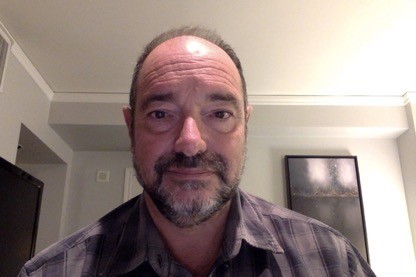Joe Safdie has been teaching English (composition, literature and creative writing) in community colleges since 1994 in Washington State and, since 2005, at San Diego Mesa College. He's the author of two books of poems - Scholarship from Blaze Vox in 2014 and Coastal Zone from Spuyten Duyvil in 2015 - and numerous essays and reviews in literary periodicals including the L.A. Review of Books and Jacket. He was writer-in-residence at the Gloucester Writers' Center in June 2016, where he gave a public lecture on the American poet Charles Olson.
Title
Chaucer's Pilgrims Updated: The General Prologue in 2016
Goal
To increase student understanding of and critical thinking about a difficult text from 600 years ago by "translating" the characters - through social media - into contemporary portraits; to increase student authority (viz, the ability to author) and confidence in negotiating unfamiliar literary terrain.
Lesson Plans
Students are divided into groups and given access to an online platform (e.g., Blackboard or Canvas) with group capabilities, usually including a group discussion board, blog, wiki, journal, chat room, and an easy way to e-mail each other. The instructions are to choose a character from the General Prologue of Chaucer's The Canterbury Tales and "re-introduce" him or her to a 21st century audience using digital technology of some sort (videos, photos, texts, blogs, presentations, social media, etc.).
Example/Outcome
Reflection
I've assigned this project for three years now and it's always been a highlight of the British literature survey course I teach every year. Students seem to enjoy using media they know well in unfamiliar ways and work together, mostly harmoniously, to chase the "extra credit" for the most innovative, creative and humorous presentations (actually, everyone who participates gets extra credit, but they don't know that going in). I mostly stay out of their way, and I think that's a good thing; I could probably help them with their interpretations, but there's some value in letting them loose on their own. This semester, in the second half of the course, I'm using Virginia Woolf's Mrs. Dalloway, with these instructions: "collaborate on some sort of multi-media digital presentation on, ideally, a character or characters from Virginia Woolf's Mrs. Dalloway: you might re-enact (or re-invent) one of the scenes, interview one of the characters or Woolf herself, have a debate between Woolf and some other author like D.H. Lawrence . . . or something I haven't mentioned here.
NEH Reflection
The prime influence of the NEH project on me has simply been to have been included in a consortium of (mostly) four-year college and university professors and to exchange work and ideas with them; community college professors often feel as if they're not part of the pedagogical party, and that's a shame, as many of my colleagues are accomplished scholars in their own right. Finally, meeting Marva Cappelo and the SDSU Visual Literacy Center was extremely helpful with a book I'm writing on visual literacy.
